When Google’s Pixel phones first hit the market, they were kind of an enthusiast-wonder. Many tech enthusiasts loved them for their clean software and second-to-none cameras, but for the general public they were rather unknown, with people choosing either Apple smartphones, or going for Samsung phones.
These things, however, are slowly changing and, with every new generation, Google’s phones are getting more popular. The Pixel 4a was a budget wonder, and with the introduction of the Pixel 6, and later models that use Google’s semi-custom silicon, things are really looking good for Google’s hardware team.
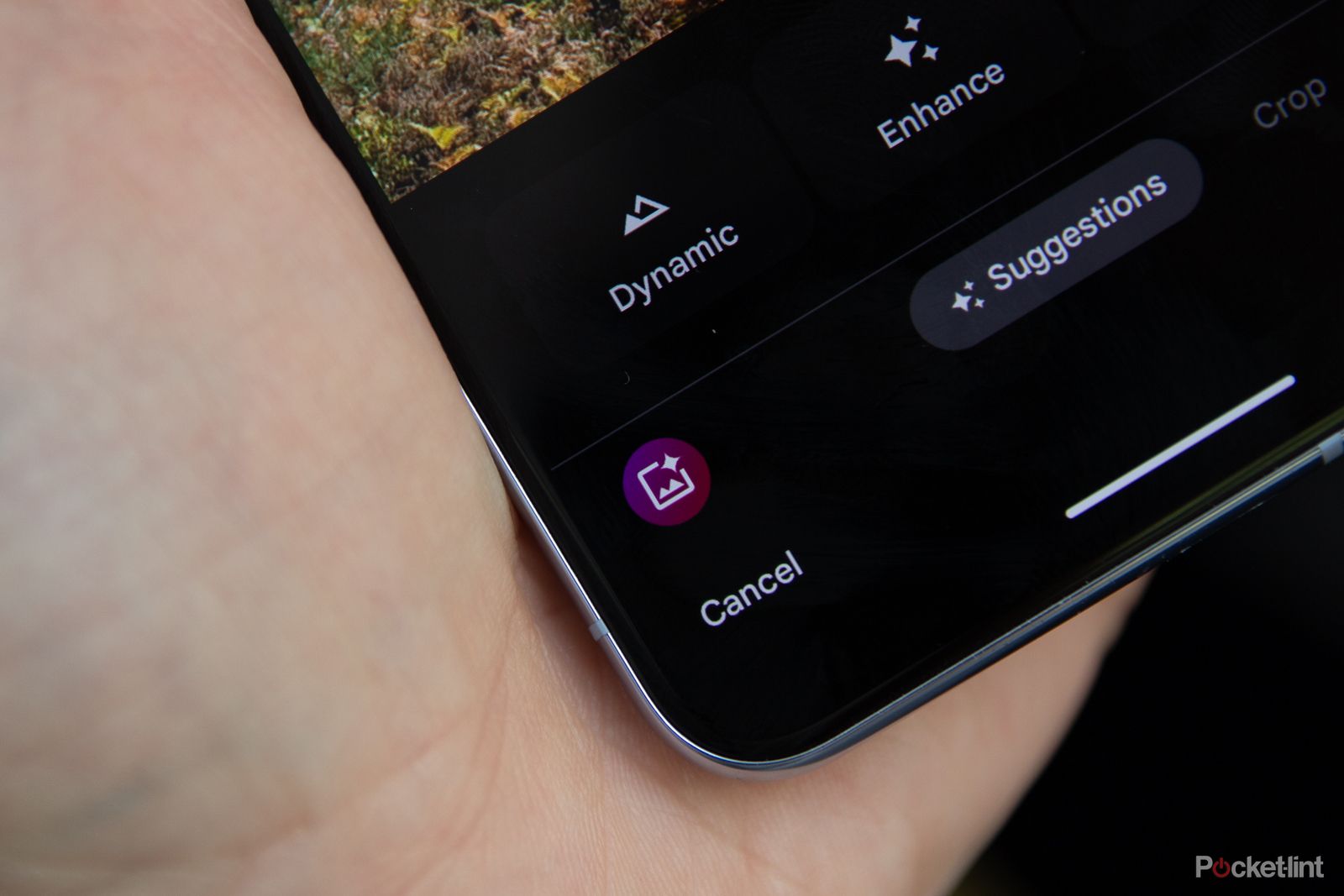
Google Photos Magic Editor: How the AI editor works and where you can get it
Bad Photoshop skills? No worries. Google’s new Magic Editor uses gen AI to erase and replace parts of your photo. But that’s not all it can do.
One of the reasons that Google phones are getting more popular is their excellent value and approachable price points that they aim at. The company currently offers seven different Pixel models, which include the Pixel 6a, Pixel 7a, Pixel 7, Pixel 7 Pro, Pixel 8, Pixel 8 Pro and the Pixel Fold. The Pixel 8 and Pixel 8 Pro are the newest additions to the selection, announced in October 2023.
Between these, you can find the right Pixel phone for you, picking from an older model that sells for an excellent price, but thanks to long software support, still has plenty of life left, to the highest-end flagships and even a foldable phone. Here are all the models that Google is currently selling and all you need to know to pick the best one for you.
The best Google Pixel phones: Our top picks
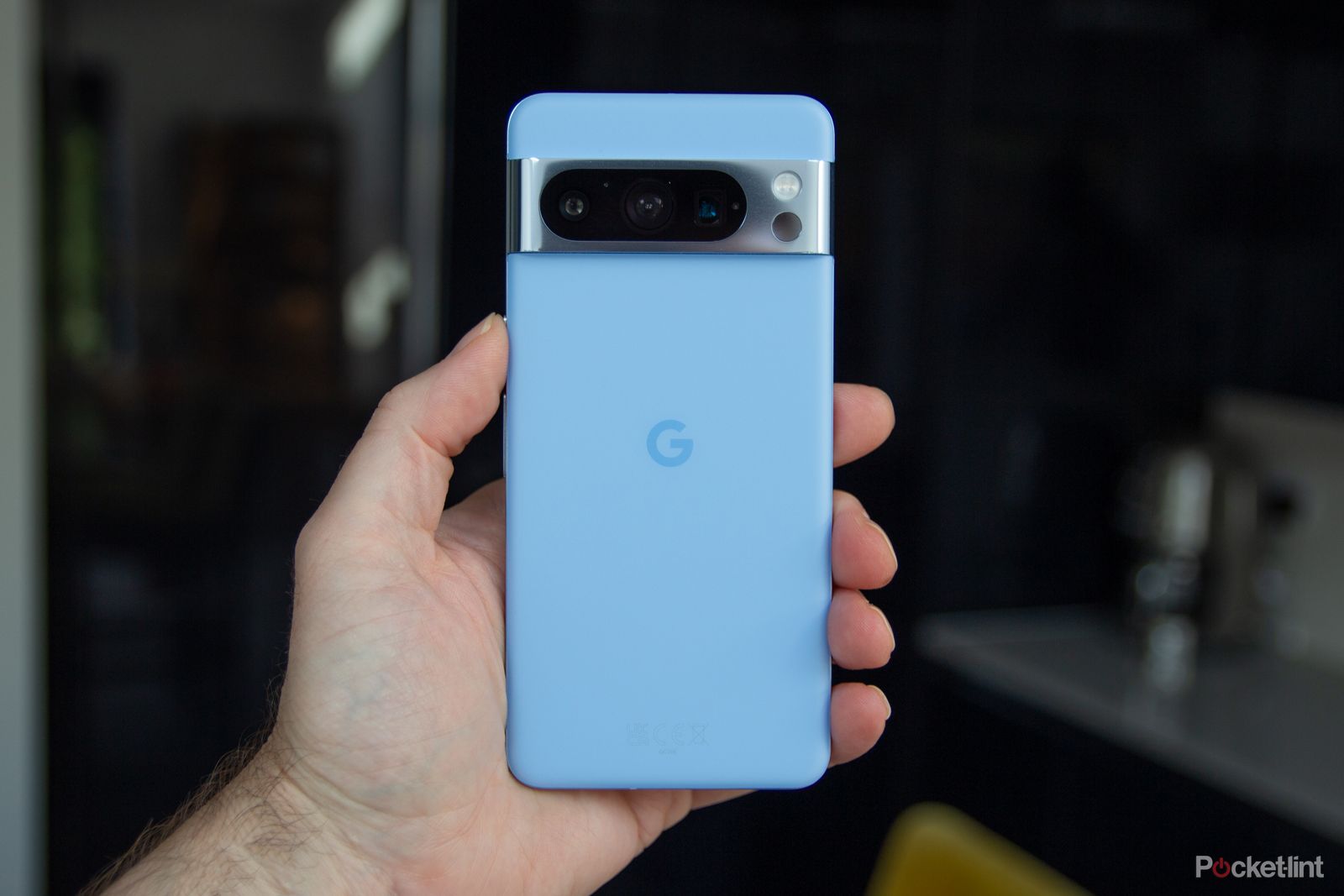
Google Pixel 8 Pro
1. Best Google Pixel phone overall
A game-changing camera experience
- SoC
- Google Tensor G3
- Display
- 6.7-inch Super Actua OLED, 2992 x 1344 (489ppi) 1-120Hz, up to 2400nits
- RAM
- 12GB
- Storage
- 128GB, 256GB, 512GB, 1TB
- Battery
- 5050mAh, 30W fast charging, 12-18W wireless
- Outstanding imaging offering
- 7 years of software updates
- Wonderful display
- Battery life just about ok
- Some software features still to come
At a surface level, the Pixel 8 Pro is a tweak of the Pixel 7 Pro. Hanging on to that Pixel brand design with the camera bar across the back, it’s clear that Google has increased the quality of the design, making this device a little more refined, and a world apart from the Pixel 6 Pro that first launched with these looks in terms of finish. So the 6.7-inch OLED display with an adaptive 1-120Hz refresh rate might not sound like much of a change, but when you hear it has a peak brightness of 2400nits, one of the brightest on the market, you’ll look again.
That peak brightness is partly to boost the Ultra HDR support this phone offers, which boosts the visuals from photos captured on the device, but it bolsters perhaps the most important part of the Pixel 8 Pro: the camera. While the camera system is refreshed over the Pixel 7 Pro, rather than being entirely new, it’s the AI powers that it packs that are noteworthy. Capture is superb, but the skills afforded by Magic Editor are unparalleled on smartphones and only available on the Pixel 8 and Pixel 8 Pro, so it really is something special.
Performance is boosted by the Tensor G3 hardware, with a 5050mAh battery to see you through the day. There are storage options ranging from 128GB up to 512GB, and the Pixel 8 Pro comes in Obsidian, Porcelain and Bay colors, and a new Mint version exclusive to the Google Store. The package is protected by IP68 protection, making this a super-smart phone for everyone.
But beyond the hardware, it’s the experience that sells this phone. There are seven-years of software updates, with the Pixel always being the first to get the latest version of Android, while the additional features offered by Google for its Pixel line make it a compelling choice of Android device. There’s more to come too, with Video Boost and Video Night Sight features due to be added, again boosting its AI photography skills. The Pixel 8 Pro is the best Pixel phone and the natural choice if you want the best: this phone has become my daily driver.
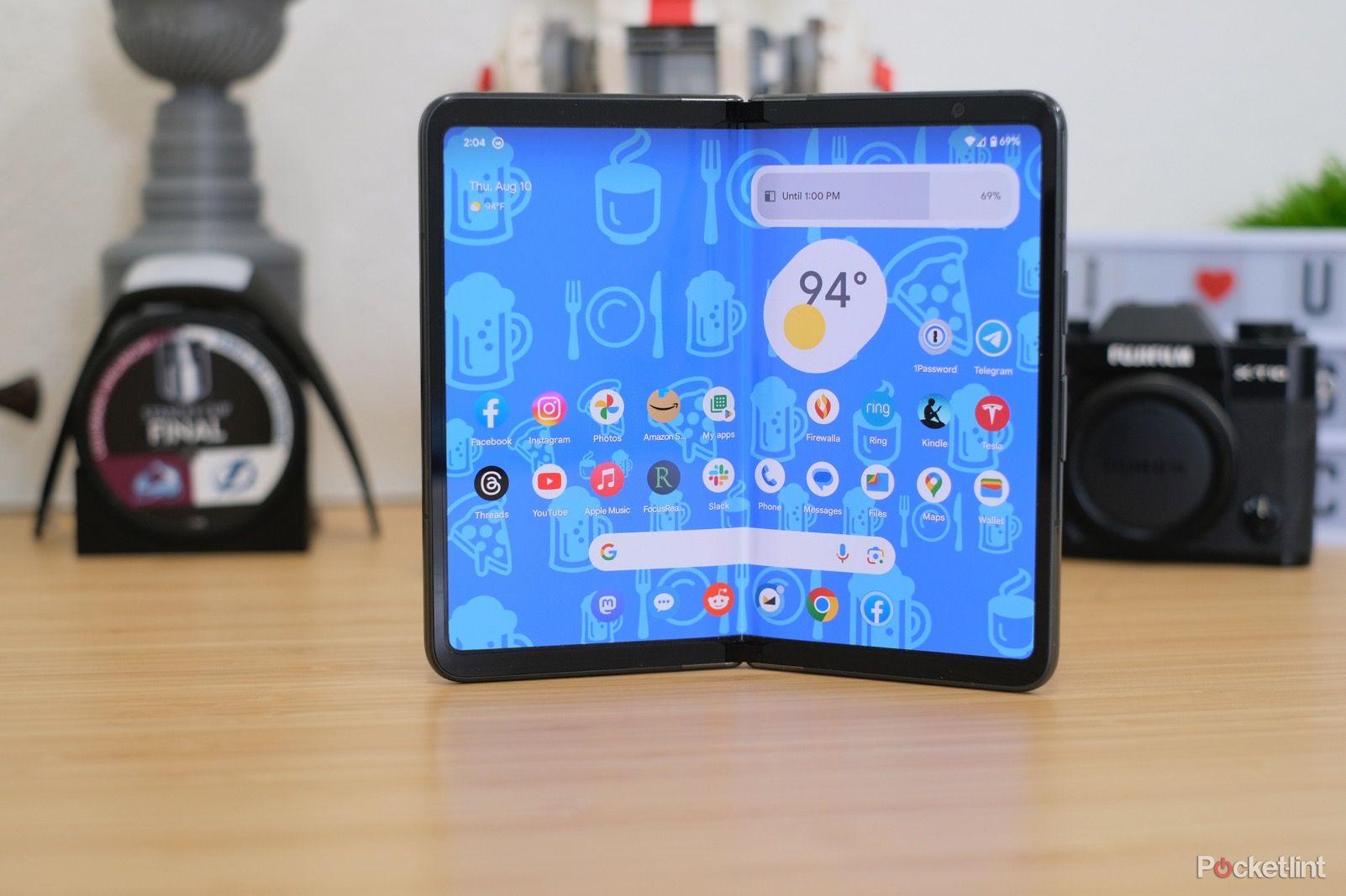
Google Pixel Fold
2. Best foldable Pixel phone
Folding phone done the Pixel way
Google’s Pixel Fold is the company’s first foldable smartphone and it sure is a looker. It takes a different approach than Samsung’s Z Fold line, and you’re either going to love or hate it.
- SoC
- Google Tensor G2
- Display
- 5.8-inch OLED, 2092 x 1080, 120Hz (cover) / 6.7-inch OLED, UTG, 2208 x 1840, 120Hz (main)
- Battery
- 4821mA / 30W fast charging, 7.5W wireless charging
- RAM and Storage
- 12GB, 256/512GB
- Great quality design
- External display is very usable
- Great camera results
- Some software optimization still to happen
- Pricey
- Middling battery life
Google’s Pixel Fold, is the company’s first smartphone that veers from the traditional slab form factor and features a foldable display. At $1800, it’s also the most expensive Pixel. The overall design is similar to Samsung’s Z Fold 5 in that there’s an outer display you can use for more routine and mundane tasks, but when you need a larger screen, the Pixel Fold opens like a book to reveal a much larger, tablet-like inner display.
Only instead of being tall and narrow like the Z Fold 5, Google took a shorter and wider approach to the overall design of the Pixel Fold. Personally, I like this foldable design because it makes the outer display much more usable in more scenarios, and the inner display isn’t as tall when the Fold’s open. The Fold is available in obsidian or porcelain color options.
The outer display of the Pixel Fold is a 5.8-inch OLED display with 1550 nits peak brightness. The internal display is a 7.6-inch OLED display with 1450 nits of peak brightness. Both screens have up to a 120Hz refresh rate. The Fold’s hinge closes completely shut, leaving no gap between the screen, preventing dust and debris from getting inside when it’s closed and in your pocket. The list of components powering the Pixel Fold will look similar, as it uses Google’s Tensor G2 processor, and has 12GB of memory and 256GB or 512GB of storage. The battery is 4,821mAh and has been more than enough to last a full day in my use over the last six weeks or so. That’s with mixed inner and outer display usage, I’d say 40 to 60 percent, respectively.
As for the camera setup of the Pixel Fold, you can expect a similar experience to Pixel 7 Pro. There are three rear-facing cameras on the Fold, with a 48-megapixel wide camera, a 10.8-megapixel ultrawide, and a 10.8-megapixel telephoto camera with 5x optical zoom and Super Res Zoom up to 20x. There are two front-facing cameras, a 9.5-megapixel camera above the front display and an 8-megapixel shooter above the inner display.
You’re not going to get the same overall quality from the Pixel Fold’s camera setup as you would the Pixel 7 Pro, but I’ve captured some really impressive photos with it that have made me all but forget about the hardware differences between the two. Plus, you can use the rear cameras to take selfies on the Pixel Fold due to how the phone folds open, and you’re able to use the front display to frame the shot.
Where the Pixel Fold will undoubtedly fall short for some users is with app compatibility. All Android apps open and run fine on the Pixel Fold, of course, but due to Google’s choice to go with a widescreen design, not all apps are optimized to take up the entirety of the internal display. Instead, you see black letterboxes on either side of the app’s window. It can be annoying, and it’s surely not as polished as Samsung’s Z Fold 5.
That said, if you’re someone who is tired of Samsung’s somewhat heavy-handed One UI Android tweaks and customizations or don’t like the design of the Z Fold 5, the Pixel Fold is a fine choice for a foldable phone.
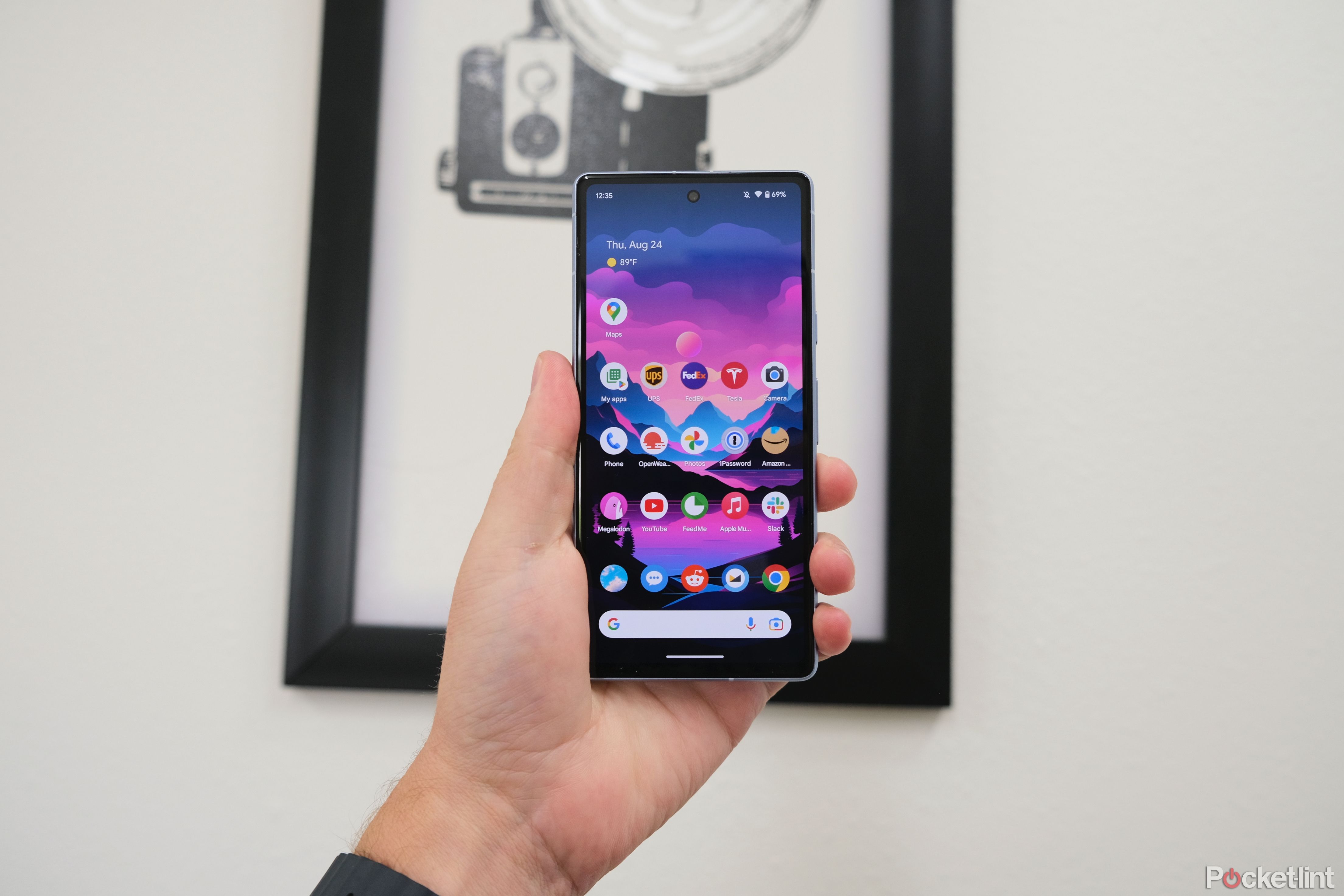
Google Pixel 7a
3. Best mid-range Pixel phone
The obvious choice of affordable phone
$475 $500 Save $25
The Pixel 7a is Google’s latest mid-range phone. It succeeds the Pixel 6a, and sits alongside the Pixel 7 and Pixel 7 Pro, offering a number of great specs and features and bridging the gap even more between flagship and mid-range.
- SoC
- Google Tensor G2
- Display
- 6.1-inch, FHD+, 90Hz, up to 1,000nits
- Battery
- 4,385 mAh
- RAM and Storage
- 8GB / 128GB
- Flagship power
- Quality Pixel camera (with a caveat)
- Solid build
- Good clean software and timely updates
- Ultrawide camera switching bug
- Display not the brightest
A few months after Google updates its core Pixel phone line, the company has a habit of releasing an A-series model that uses some of the more attractive features of its latest smartphones but cuts corners to make the phone more affordable. The latest in this line is the Pixel 7a. It comes with a 6.1-inch OLED display with the same resolution as the Pixel 7, but without any sort of listed peak brightness. You’ll still get up to a 90Hz refresh rate for smooth scrolling, however. It’s powered by Google’s Tensor G2 processor, has a 4,385mAh battery, 8GB of memory and comes at a storage size of 128GB.
Instead of having a glass back and an aluminum frame, the 7a is made of plastic, so it lacks the same premium feel and polish as the rest of the Pixel 7 lineup. However, it’s the first A-series Pixel phone to include wireless charging. The housing also has IP67 water and dust resistance. A fun aspect of the Pixel 7a is its various color options, which set it apart from the rest of the line. The 7a comes in very bright coral, sea, charcoal or snow.
The backside of the 7a has two cameras. There’s a 64-megapixel wide shooter, and then a 13-megapixel ultrawide. The front-facing camera is 13 megapixels. In my experience, the photos you get from the 7a are clear and sharp but lack some of the overall quality you get from the rest of the Pixel 7 line or even the Pixel Fold. That’s not to say you won’t be happy with the images. They are still top of the line, not even for the price point, but can also easily compete with flagship competition.
At its $499 regular price, you’re saving at least $100 compared to the Pixel 7, or $400 when compared to the Pixel 7 Pro, and it’s a healthy drop from the newer Pixel 8 model too. The Pixel 7a is a fine mid-tier smartphone from Google that does a fantastic job of mixing affordability with performance.
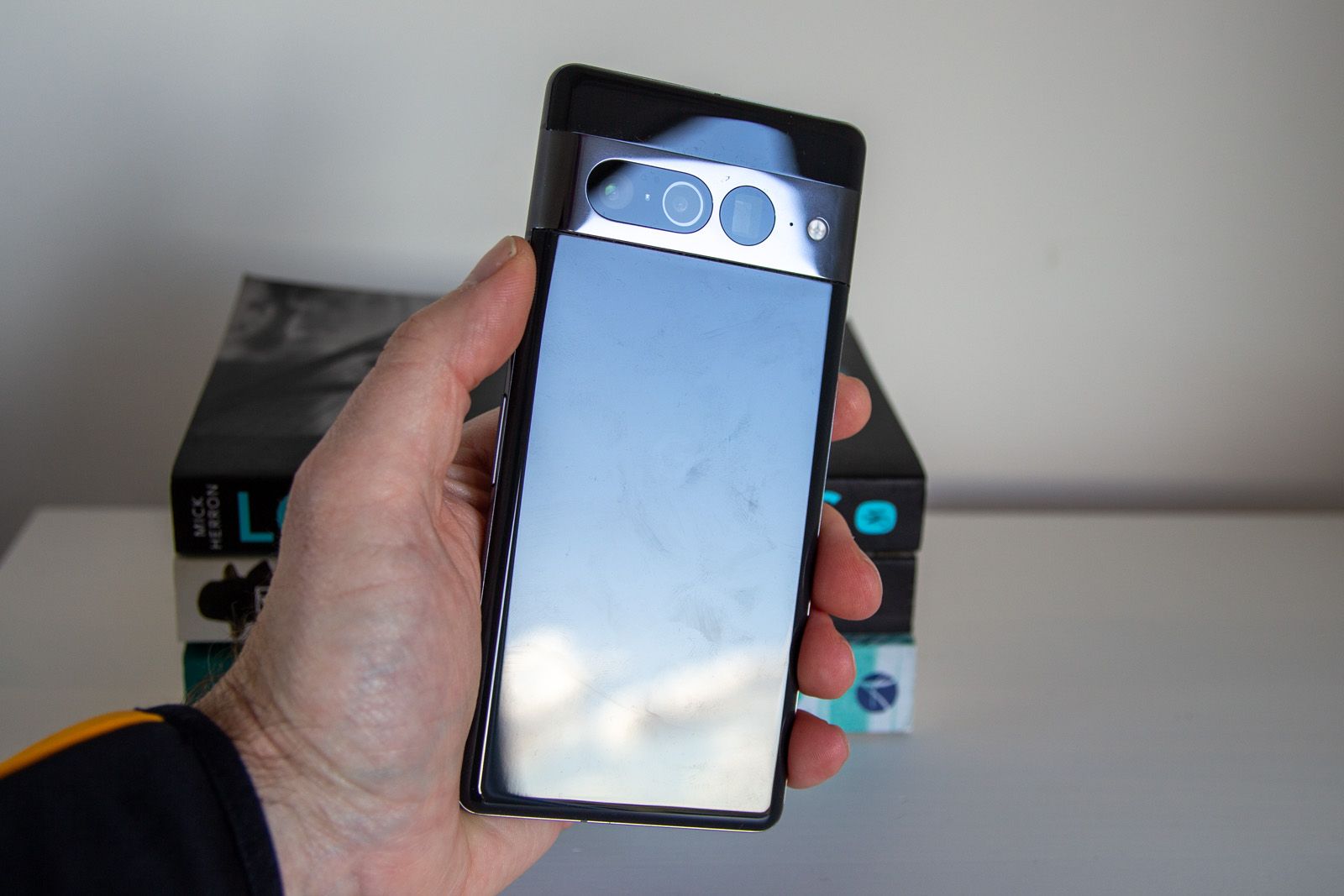
Google Pixel 7 Pro
4. The best Pixel phone to buy in the sales
It’s not the latest, but the price could be great
Pixel 7 Pro builds on the foundation of the Pixel 6 Pro, offering a more refined design, stunning camera performance and clean software.
- SoC
- Google Tensor G2
- Display
- 6.7in, LTPO, 3120 x 1440 pixels, 120Hz, up to 1500nits
- Battery
- 4500mAh, Fast charging, Wireless charging
- RAM and Storage
- 12GB / 128, 256, 512GB
- Great camera performance
- Fantastic display
- Clean software experience
- Competitive price
- Not many changes from Pixel 6 Pro
- Limited HDR sharing
- Face unlock limited
Replaced by the Pixel 8 Pro, which is the best Pixel phone overall, the Pixel 7 Pro is still worthy of your attention for a number of reasons, especially if you can get it at a great discount. Google’s Pixel 7 Pro features a 6.7-inch OLED display with up to 1500 nits of brightness, and up to a 120Hz refresh rate. All of that means you shouldn’t have any issues looking at the screen in direct sunlight, and the high refresh rate of the display ensures smooth scrolling and high-action scenes in videos or moves are buttery smooth. The Pixel 7 Pro is available in some pretty unique color combinations thanks to the horizontal metal bar that runs across the back of the phone, as is the rest of the Pixel lineup. The 7 Pro comes in hazel, snow or obsidian.
The Pixel 7 Pro uses the Tensor G2 processor, a 5000mAh battery, IP68 dust and water resistance, comes with 12GB of memory, and ranges in storage from 128GB to 256GB to 512GB. The Pixel 7 Pro also has an advanced camera setup. Inside the Pixel 7 Pro’s camera bar is a triple camera setup, featuring a 50-megapixel wide camera, a 12-megapixel ultrawide camera, and a 48-megapixel telephoto camera with 5x optical zoom and up to 30X Super Res Zoom. It’s a great performer, only now outclassed by the Pixel 8 Pro.
There’s still plenty going for the Pixel 7 Pro, but as an older flagship, the thing to really watch out for here is a reduced price. The Pixel 7 Pro is likely to be really attractive during the upcoming spring-cleaning sales, so keep your eyes out for the best deals.
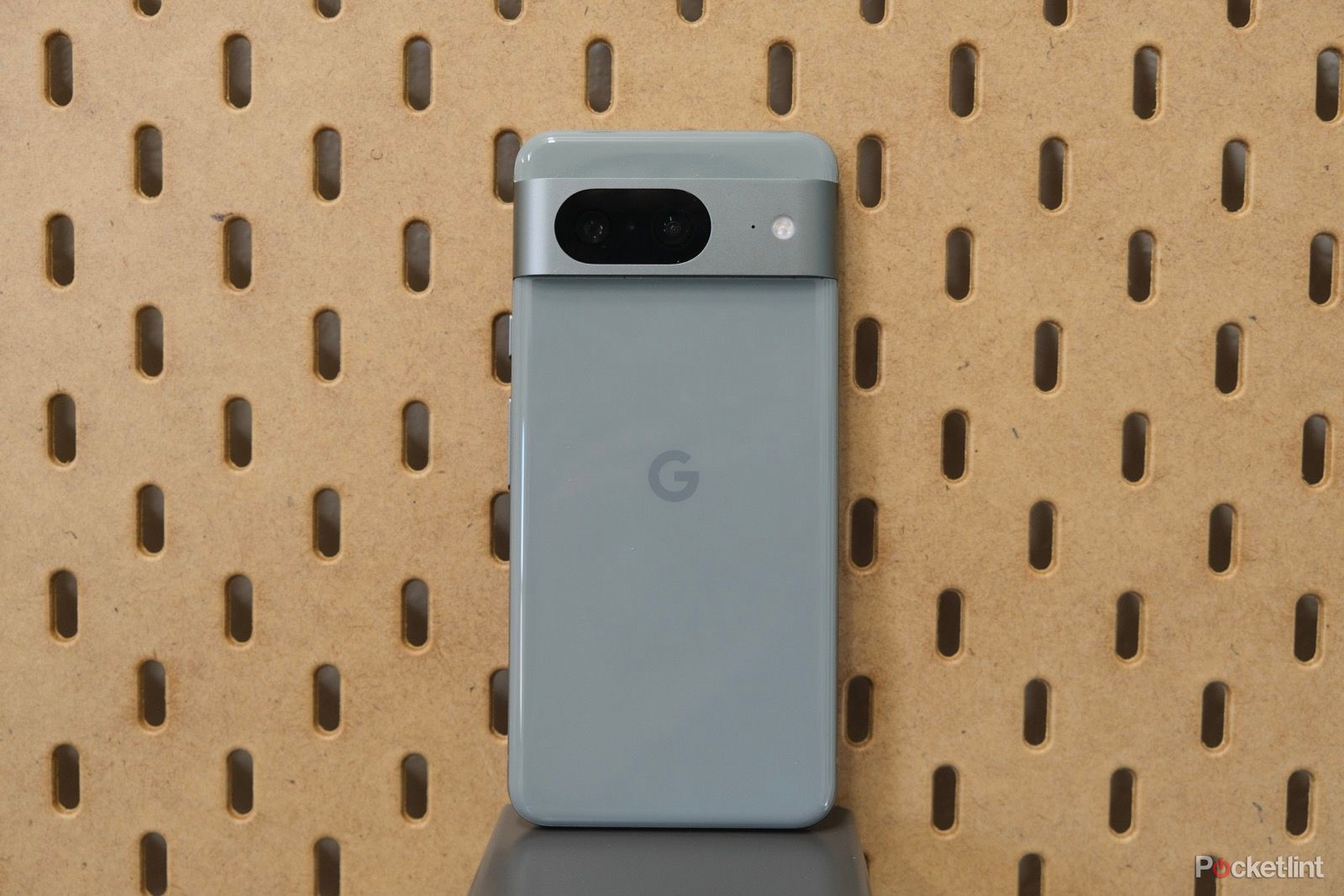
Google Pixel 8
5. The best Google Pixel phone for most
Attractively affordable, but very capable
The Google Pixel 8 might get overlooked as it sits in the shadow of the Pixel 8 Pro, but this phone is more compact, more affordable, and still packs in many of the same skills.
- SoC
- Google Tensor G3
- Display
- 6.3-inch, Actua OLED, 2400 x 1080, 428ppi, 60-120Hz, up to 2000nits
- RAM
- 8GB
- Storage
- 128GB / 256GB
- Battery
- 4575mAh, 30W fast charging, 12-18W wireless
- Excellent new design
- Brighter, faster display
- Face Unlock works everywhere now
- Great cameras
- Slow charging speed
- Face Unlock can struggle at night
- Is there such as thing as too much AI?
Sharing many features with the flagship Pixel 8 Pro, the Pixel 8 runs the risk of getting overlooked. This smaller, more compact version packs in much of the same experience, has the same power as the Tensor G3 hardware, but takes a few steps back in other areas. The 6.2-inch display isn’t as advanced, with its 60-120Hz refresh rate, nor is it as bright at 2000 nits (which is still excellent, mind you).
Then there’s the camera, which misses out on the optical telephoto lens, and keeps an older 12-megapixel ultrawide, rather than the 48-megapixel ultrawide of the Pixel 8 Pro. It also misses out on the autofocus on the front camera. But behind it, there’s still a great AI imaging system, as well as features like Magic Editor, although the Pixel 8 doesn’t get the Pro Controls that the Pixel 8 Pro features. So it’s a great camera, it’s just not quite as great. Of course, the main sensor is still the star of the show, and this one is not downgraded from the 8 Pro. It’s as wonderful as a phone camera can be nowadays.
But you still get a great experience and can rest assured that you’ll get seven-years of updates for this phone, as well as getting that uncluttered Android interface that Pixel owners relish. It’s a great all-rounder performer, while the slightly reduced spec positioning also makes this phone a little more affordable than the Pro model. For many, that will make it an attractive option for a Pixel device.
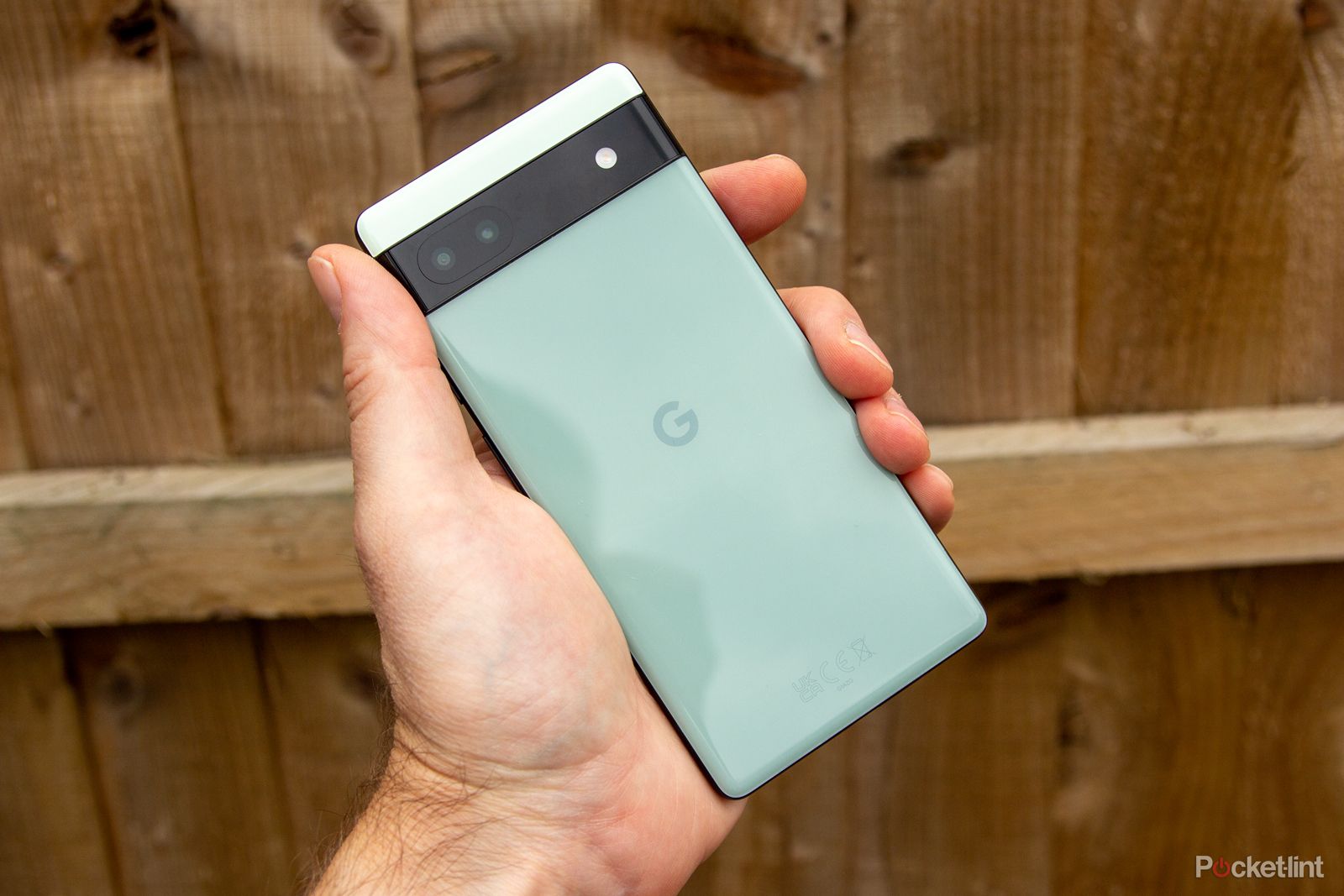
Google Pixel 6a
6. Best budget Pixel phone
The cheapest route to Pixel phone ownership
$200 $349 Save $149
The Pixel 6a is Google’s budget smartphone that brings much of the same Pixel 6 experience, condensing it down to a more affordable package. Even though it’s been replaced by the Pixel 7a, it’s still a fantastic option.
- SoC
- Tensor G1
- Display
- 6.1-inch, OLED, Full HD+, 60Hz
- Battery
- 4410mAh, Fast charging
- RAM and Storage
- 6GB / 128GB
- Beautiful form factor, even for a budget phone
- Flagship power
- Great updates policy
- Pixel camera magic
- Storage limited to 128GB
- Display only 60Hz
When Google announced the Pixel 7a, it kept last year’s A-series phone in the lineup. Priced at $349, the Pixel 6a has a strong case for being considered the best budget smartphone available by anyone, let alone Google. The 6a matches a lot of what the 7a is equipped with in terms of specs, but keep in mind, that it is a year older than the 7a, so the internal hardware won’t quite be at the same level of performance.
With the 6a, you can expect a 6.1-inch OLED display, up to 60Hz screen refresh rate, and a 4410mAh battery. It lacks wireless charging and is made with the same plastic material as the Pixel 7a. You can pick from three different color combinations with the 6a, which are sage, charcoal and chalk. Inside the phone is 6GB of memory, Google’s first Tensor processor, and 128GB of storage.
The two rear-facing cameras are a definite weak spot in the overall Pixel 6a experience, with a 12.2-megapixel wide camera and a 12-megapixel ultrawide camera, whereas the front-facing camera comes with an 8-megapixel sensor.
Essentially, all of these specs mean that with the Pixel 6a you’re getting a reliable phone that can run any of the current apps and services from Google and the Play Store, has plenty of battery life with a camera setup that’s going to take good enough photos for everyday use.
The bottom line: What is the best Pixel phone?
In my opinion, the Pixel 8 Pro is the best Pixel phone overall. It’s the newest, packing in the most recent technology from Google, including a camera system and photo experience that’s like nothing else you’ll find on other smartphones – including Google’s older Pixel devices. This is a phone that’s truly worthy of the flagship phone badge, with a stellar display, great frosted finish to the rear and plenty of power from the new Tensor G3 hardware. It’s expensive, sure, but with seven years of software support, it’s going to last a long time. Keep an eye-on trade-in offers to bring the price down and get a perfect Pixel in your pocket.
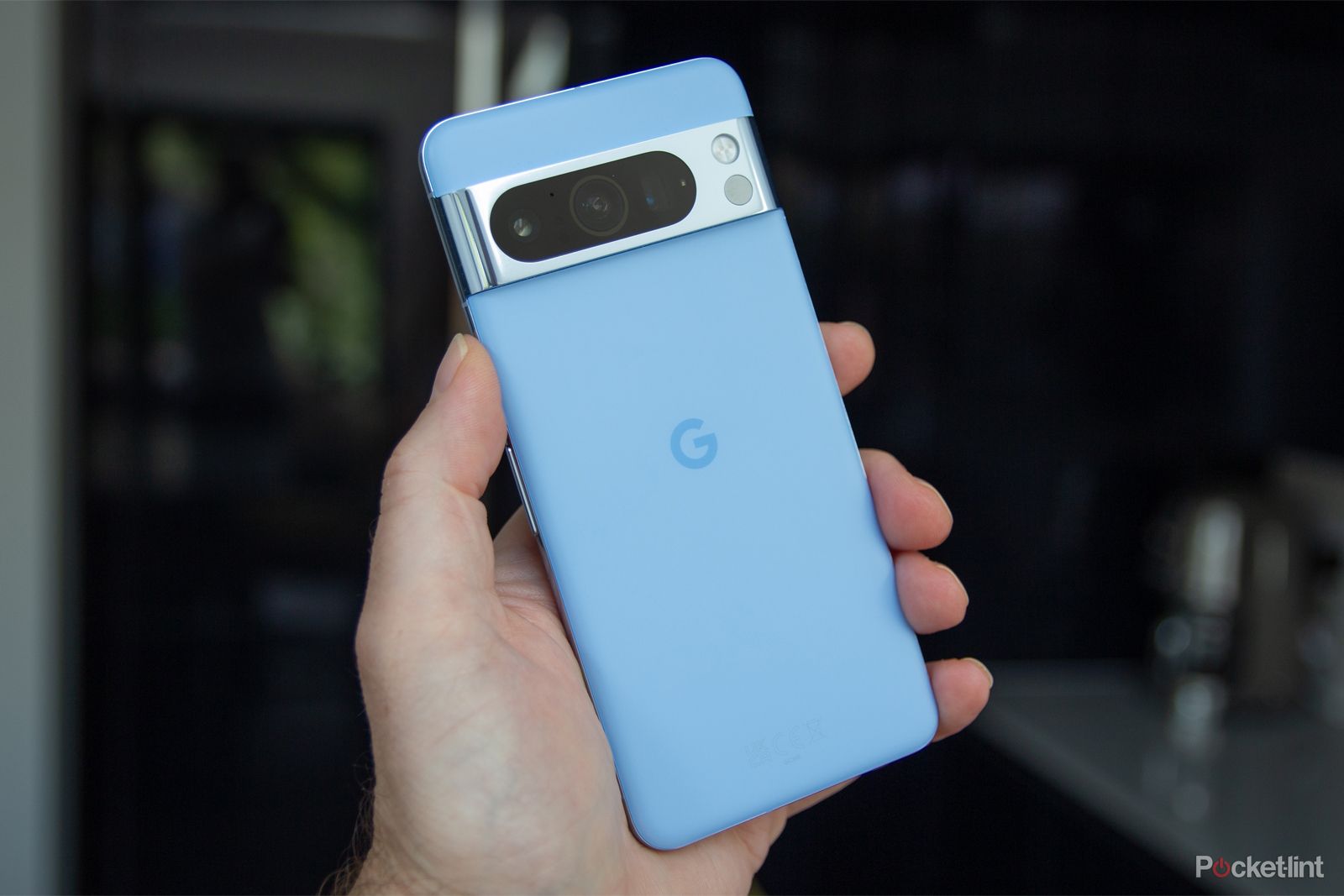
Google Pixel 8 Pro
Editor’s Choice
How I choose the best Pixel phones
I have reviewed smartphones for the last 15 years, back when the BlackBerry thumb was a hot topic. I’ve used hundreds of phones over those years, spanning both Android and iOS, including having used every Pixel phone Google currently sells and all of them that ultimately made this list. I drew on my personal experience not only with these particular models but also with smartphones as a whole over my career to help determine which Pixel phones are best suited for specific types of users.
You can’t go wrong with any of the current Pixel phones. They each have something unique about them, be it a low price point or more advanced cameras. Finding the right one for you requires knowing all the finer details.
FAQ
Q: What makes Pixel phones different from Samsung?
Samsung is the leading Android smartphone maker, and so it’s natural to compare Google’s Pixel phones to Samsung’s Galaxy lineup. The biggest difference between the two brands comes down to the software experience.
Samsung phones use Android, just as Pixel phones do, but Samsung’s One UI heavily customizes the overall experience, adding Samsung’s own apps and services alongside Google’s. Some people really enjoy Samsung’s approach, while others prefer the light-handed approach of Google’s Pixel software that tightly integrates with Google’s apps and services.
Furthermore, whenever there’s a major software update, such as Android 14 or the upcoming Android 15, Google’s Pixel lineup is usually the first to receive any major updates along with quarterly Pixel Feature Drops where Google adds new features and capabilities to its Pixel line.
Q: How often do Pixels get software updates?
When you have one of Google’s Pixel phones, you can expect monthly software updates, typically including security improvements and bug fixes. Once a quarter, Google releases a new Feature Drop that adds new features to its Pixel line. For the Pixel 8 models, Google has committed to 7 years of updates; for previous devices, Google committed to 5 years of updates.
Trending Products















